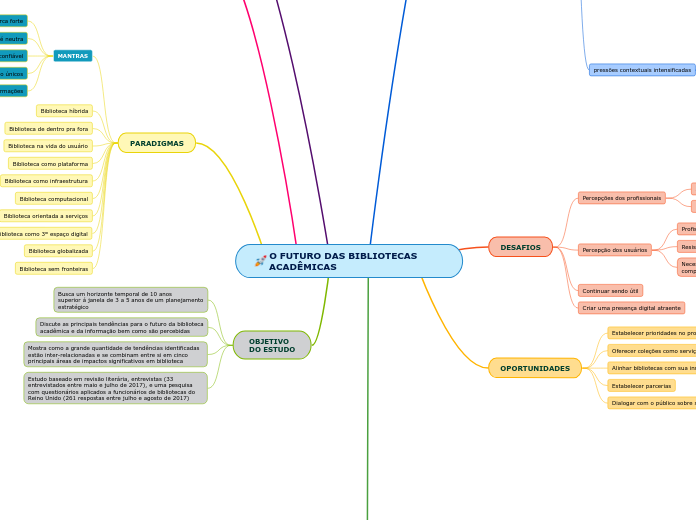OS PRIMORDIOS DA PSICOLOGIA EXPERIMENTAL
ERNST WEBER
The middle of the story is where you add layers of complications that will lead to the end. Reveal more about the character's journey. Did their personality go through changes? How did they overcome the challenges? And as you build up the story’s central conflict, make it more personal to that character. Also, from the middle act, you have to lead into the final act.
PESQUISAS DE FUNDAMENTAIS IMPORTANCIA PARA A NOVA PSICOLOGIA
RELAÇÃO ENTRE CORPO E MENTE
DIFERENÇA MÍNIMA PERCEPTÍVEL
Lei Quantitativa
Menor diferença detectável entre dois pesos
O LIMIAR DE DOIS PONTOS
Your character(s) need(s) motivation in order to solve the challenge(s).
Distancia entre dois pontos
Secondary characters also might have motivs beacuse of which they may cross path with main character or which might trigger them to help the main character.
ÓRGÃOS DOS SENTIDOS
Each story has a main character and that character usually needs to solve a problem or challenge. The character's challenge is the one that creates tension throughout the story.
Sensações
Type in any other challenges which other characters in the story need to face.
Musculares
Cutâneas
HERMANN VON HELMHOLTZ
In the beginning of the story (or the exposition), you will need to introduce the setting and characters. You might also want to introduce the main conflict. This part of the story is important because it gives the reader necessary background information and maybe even a first insight into a character’s personality.
AUDIÇÃO
Percepção de tons combinados e individuais
MUSCULOS OCULARES EXTERNOS E INTERNOS
VELOCIDADE DE CONDUÇÃO
The setting (time & place) of a story can change throughout the plot.
Medição empírica
The time of the story can also change. It can describe the event of a single day or can include an entire year's plot. Anyway, don't forget to mention it.
TRATAMENTO
Characters are essential to a good story. Usually, the protagonist(s) is/are the most affected by the plot. Introduce a character by focusing on their actions, interests, and occupation, as the physical appearance doesn't make a difference in most cases.
Determinista
Mecanicista
Type in the name of your character.
INFLUENCIAS FISIOLÓGICAS NA PSICOLOGIA
To name your story, you have to think about the overall message and what you want your audience to understand from the story. Also, make it relevant and easy to remember.
FECHNER
The ending of a story is essential. We all know that if the ending is weak, what happened before loses its importance. So make it unpredictable, but fair. A resolved ending answers all the questions and ties up any loose threads from the plot.
CORPO E MENTE
METODO DO ESTIMULO
Limiar Diferencial
Limiar Absoluto
SENSAÇÕES
VISÃO DIURNA
This is the closure section of the story.
See examples of possible outcomes below:
- all problems have been solved
- it's clear how each one of your characters ends up
- your main character is transformed by the challenge
Vista da Consciência
Try answering these questions in order for you to come up with a closure:
- Have all problems been solved?
- Is it clear what happens with all your characters in the story?
- Has the challenged transformed your main character?
- How do the characters feel in the end?
PSICOFÍSICA
Limites
Estímulos Constantes
Etro médio
AVANÇOS DA FISIOLOGIA
GALL
Mapeamento Externo
Dissecação de cérebros de animais e pessoas mortas
ESTÍMULOS ELÉTRICOS
Gustav Fritsher e Eduard Hitzig
Método para estudar o Cerébro
O córtex cerebral com correntes elétricas fracas
METODO CLINICO E O USO DOS ESTIMULOS
Paul Broca
FLOURENS
Mapeamento Interno
Experimento com pombos
HALL
Comportamento Reflexo
Movimento Involuntário
Depende dos músculos
Movimento Voluntário
Depende do cerébro
JOHANNES MULLER
Manual da Fisiologia Humana
Estimulações provoca sensações
Energia Específica dos Nervos
Experimentalista
BESSEL
PROCESSOS PSICOLOGICOS
MECANISMOS FISIOLOGICOS
Informações do Universo
ASTRONOMIA
Percepção Humana
OBSERVAÇÃO
EMPIRISMO NA PSICOLOGIA
Foco nos processos conscientes
Processo de associação
Analise da experiência consciente nos elementos
Papel principal do processo da sensação
Atomismo, mecanicismo, positivismo
CIENCIA MODERNA
JOHN STUART MILL
Associacionista de Química Mental
Descobertas da Ciência Química
Mecânica
Associação de idéias
JAMES MILL
Mente como uma máquina
Mesmo modo mecânico que um relógio
Análise dos Fenômenos da Mente Humana
Doutrina da Associação
DAVID HUINE
Mecanicismo
Lei da Associação
Similaridade
Semelhança
Observação da mente
Percepção
GEORGE BERKELEY
Associação das Sensações
Mentalismo
Percepção como única realidade certa
JONH LOCKE
Extinto de Experiência
Reflexo
Sensação
Empirismo
Funcionamento Cognitivo
RENÉ DECARTES
Espírito Mecanicisma
Teoria da Interação Mente-Corpo
Experimentos
Cadeira de rodas p/ deficientes
TEORIAS DA FÍSICA E MECÂNICA
CONSTRUÇÃO DE MÁQUINA
Relógio Mecânico
Máquinas
Relojoeiros
ESPÍRITO DO MECANICISMO
MECANICISMO
Filosofia Natural
Tecnologia
Física
Quimica
INTEGRANTES
FABIANE FROM MORAIS
202008560748
CAMILA CRISTINA FERREIRA
20200852508










